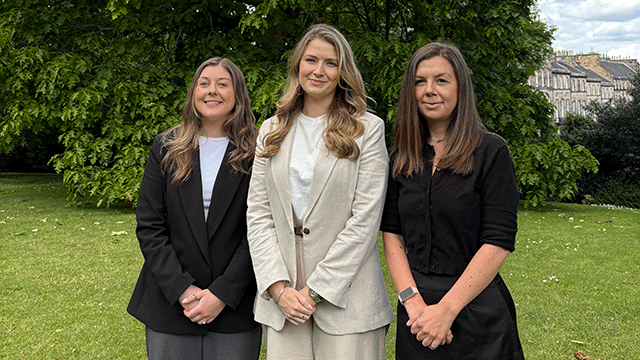In R (on the application of Finch) v Surrey County Council and others [2022] EWCA Civ 187; 2022] PLSCS 35 the Court of Appeal clarified that greenhouse gas emissions could be considered as indirect environmental effects of a development depending on the degree of connection between the development and its putative effects.
On 27 September 2019, the council granted planning permission Ref: RE18/02667/CON for the retention and extension of the existing well site at Horse Hill and to allow the drilling of four new hydrocarbon wells.
The environmental statement only assessed the direct impacts of the GHG emissions. The claimant, Sarah Finch, argued that the council had failed its legal duty to consider the indirect environmental impacts caused by the downstream GHG emissions (emissions from the combustion of oil).
On 21 December 2020, the High Court’s judgment dismissed the claim. Mr Holgate J ruled that “…the true legal test is whether an effect on the environment is an effect of the development for which planning permission is sought…” In that regard, “there is no requirement to assess matters which are not environmental effects of the development or project.”
The Court of Appeal’s judgment held by a majority that the council’s decision to exclude the assessment of downstream GHG emissions was lawful, but disagreed with Holgate J in important considerations. All three lord justices considered that:
The “true legal test” mentioned by Holgate J was not a legal test. The real question is the degree of connection between the development and its putative effects.
The judges also considered it incorrect to say that the downstream GHG emissions are not “legally incapable” of being indirect effects of a project. They could be indirect environmental effects, but this is a question of fact and degree to be determined by the planning authority in each specific case.
The dissenting judgment by Moylan LJ did not go as far as concluding that, as a matter of law, GHG emissions are necessarily required to be assessed in an environmental impact assessment. However, he considered that “cogent reasons would be required to exclude from assessment, the inevitable effects (the greenhouse gas emissions) of the downstream use of the oil”. In his opinion, the council’s reasons for excluding the assessment of GHG emissions were legally flawed.
While the judges agreed that there are scenarios in which the downstream impacts could be considered as indirect environmental effects of a development, they did not define what an indirect environmental effect is. The future case law will have to determine in which specific scenarios the degree of connection is sufficient to require the assessment of GHG emissions in an EIA.
Stefano D’Ambrosio is a solicitor in the planning and environmental team at Irwin Mitchell










